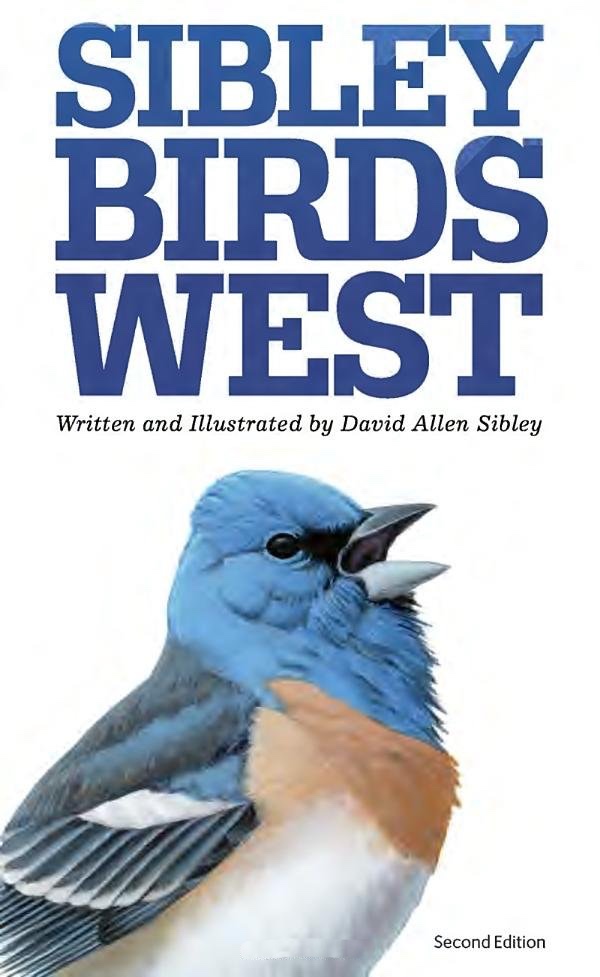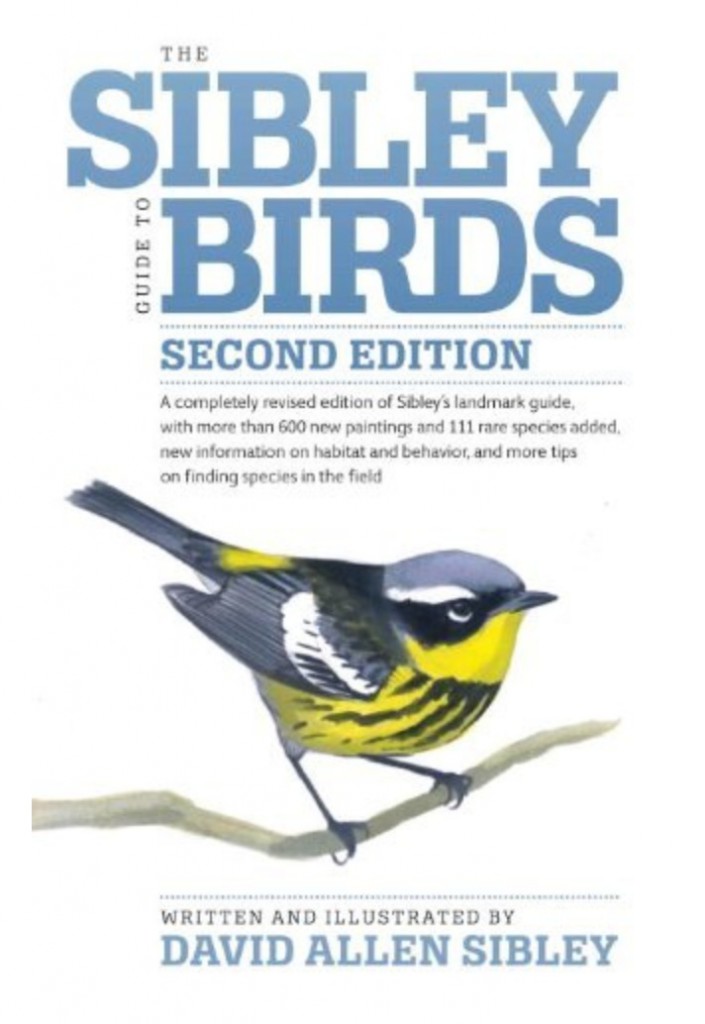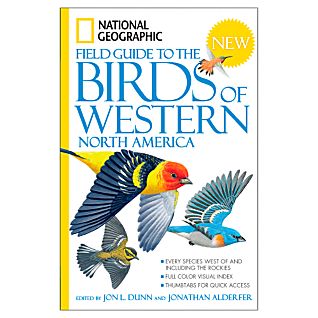September-December 2025
The main course site for students is on Canvas.
Please note that this course is now primarily about birds, with amphibians and reptiles covered rather briefly.
Instructor: Darren Irwin (Professor, Dept. of Zoology)
TA: Claudie Pageau (PhD Candidate, Dept. of Zoology)
Lab support: Ildiko Szabo (Collections Curator of Tetrapods, Beaty Biodiversity Museum)
Lectures: MW 9:00-9:50 a.m.; Frank Forward Building, room 303, starting Sept. 3. Students who are enrolled or waitlisted need to attend this meeting (or contact the instructor) to maintain their enrolment in the course, as we may drop non-attending students to make space for those who are on the wait list and attending.
Lecture 1 slides (Sept. 3)
Labs: M 2-5pm or T 3-6 p.m., starting the second week of class (Sept. 8 / 9), mostly in Biodiversity 060 (but first lab session will be a field trip).
Course objectives
Note that birds are the primary focus of this course, with amphibians and reptiles referred to only briefly. We will discuss a wide variety of topics in ornithology, including avian ecology, evolution, physiology, behavior, and conservation, with particular attention to species from British Columbia. Students will learn: (a) how to identify species in the field under fall/winter conditions and in the laboratory using prepared specimens, (b) how to conduct field inventories of birds and to present scientific surveys, and (c) general knowledge regarding the evolutionary history, taxonomy, ecology, behavior, and conservation of birds. Field research will take place in Pacific Spirit Park or other areas chosen by students. The practical skills taught in this course will be useful for working as a naturalist, field ecologist, conservation biologist, or environmental consultant. We also hope that this course enriches the lives of students by generating enthusiasm and interest in biodiversity and natural history.
Note: This course requires much fieldwork outside of class time. Students who are uncomfortable outdoors in challenging weather or who do not have a strong interest in field observation might not find the course suitable. We do welcome motivated students who have unusual needs (please talk to the instructor).
Required materials
- Enthusiasm!
- A good field notebook and pencil or pen.
- Any good field guide to the birds of western North America. Make sure that you get a guide which includes all species that are likely to be observed in British Columbia. My top four recommendations, all of which are excellent guides:
National Geographic Field Guide to the Birds of North America, Seventh Edition, by Jon L. Dunn and Jonathan Alderfer (2017): Includes all species in North America, in a reasonably compact and easy-to use book, and updated with recent taxonomic changes. This is my favorite guide, and page numbers used in the course refer to this guide. (Available at the UBC Bookstore)
The Sibley Guide to Birds, Second Edition, by David Sibley (2014): Includes all species in North America, but in a rather large book that would be hard to carry as a field guide. Would be an excellent reference in the lab or at home. Incorporates taxonomic changes up to 2014.

The Sibley Field Guide to Birds of Western North America: Second Edition, by David Allen Sibley (2016): Another excellent guide to birds in western North America, in a nicely shaped book. Would also work well for this course. You would need a different guide if you go east.
National Geographic Field Guide to the Birds of Western North America, by Jon L. Dunn and Jonathan Alderfer (2008): Includes all species in western North America, so more compact and easier to use in that region. You would need a different guide if you go to Alberta or further east. Getting a bit dated (does not have recent taxonomic changes).
Optional materials
- The Handbook of Bird Biology, a textbook produced by the Cornell Lab of Ornithology, edited by Irby Lovette and John Fitzpatrick, 2016.
General course information:
- Course syllabus (containing the lecture and lab schedules).
- List of species to learn: pdf or Excel format.
General phylogeny links:
Tree of Life web project: A large collaborative effort to construct the phylogeny of life.
Animal Diversity Web: Another good source of phylogenetic relationships between major taxonomic groups.
UCMP Taxon Lift: Run by the University of California Museum of Paleontology, this site has good information regarding relationships of modern and extinct taxa.
Birdy links:
eBird Canada: A site where you can enter your own bird observations, see your life list, and see range maps and summaries of observations submitted by other people. Very fun!
Birds of North America: An excellent source of detailed information on all the birds of North America. There is a print version at the Woodward Library, and UBC students also have access to the online version.
A.O.S. Checklist of North American Birds: The official list of North American Birds, as kept by the American Ornithological Society.
Birding in British Columbia: A nice site with information on birding in B.C., complete with a Rare Bird Alert.
The Internet Bird Collection: A huge collection of videos of more than 6000 bird species!
Conan O’Brien goes birding: For some good laughs.
Amphibian and Reptile links:




